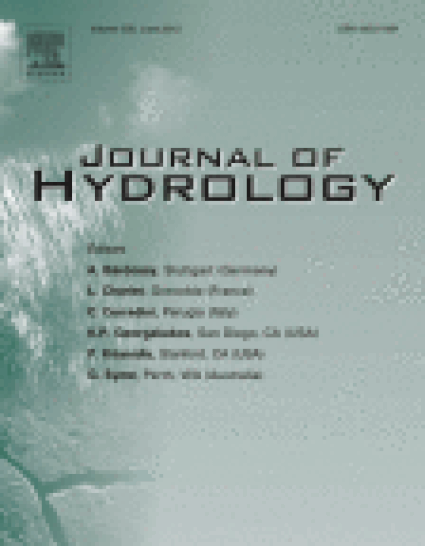
Estimates of bedrock infiltration from mountain catchments in the western U.S. are essential to water resource managers because they provide an estimate of mountain block recharge to regional aquifers. On smaller scales, bedrock infiltration is an important term in water mass balance studies, which attempt to estimate hydrologic states and fluxes in watersheds with fractured or transmissive bedrock. We estimate the a daily time series of bedrock infiltration in a small catchment in the rain snow transition zone in southwest Idaho, using the difference between measured stream discharge and modeled soil drainage. The accuracy of spatial patterns in soil water storage are optimized, rather than the more common approach of minimizing error in integrated quantities such as streamflow. Bedrock infiltration is estimated to be 289 mm ± 50 mm for the 2011 water year, which is 34% ± 12% of the precipitation (95% confidence). Soils on the southwest facing slope drain more often throughout the snow season, but the northeast facing slope contributes more total soil drainage for the water year. Peaks in catchment soil drainage and bedrock infiltration coincide with rain on snow events.
